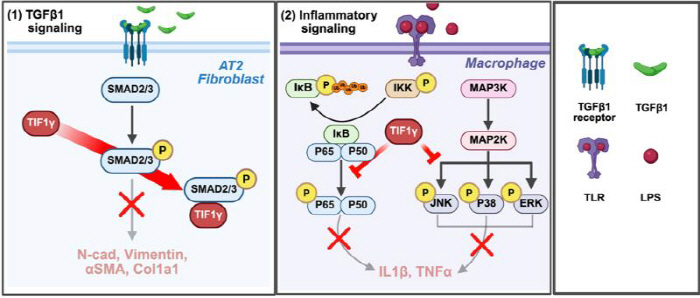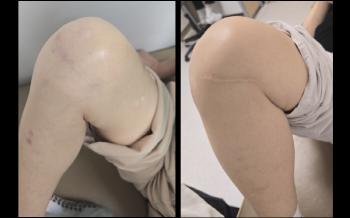Lung fibrosis without proper treatment suggests gene therapy potential
|
Pulmonary fibrosis is an intractable respiratory disease in which lung cells are transformed into hard fibrous tissue. As it progresses, lung function decreases, resulting in hypoxia, which can lead to serious breathing problems. However, once fibrous lung tissue is difficult to recover, and there is no way to prevent fibrosis, so there was a limit to treatment.
A research team led by Kim Hyo-soo and Lee Eun-joo (Dr. Moon Do-dam of Seoul National University) at Seoul National University Hospital announced on the 2nd that they have analyzed animal models and lung tissues of in vitro culture patients to confirm the possibility of gene therapy for pulmonary fibrosis.
The research team noted the anti-fibrotic gene 'TIF1γ' as a potential treatment. This gene has been confirmed to inhibit fibrosis in the liver and kidneys through existing research by the research team, and when the lung tissue of lung fibrosis patients was analyzed, TIF1γ expression was significantly lower than that of healthy people.
Since then, TIF1γ gene therapy, which maximizes expression by optimizing codons and increases clinical potential by applying vector backbone and nanolipids, has been administered to animal models for pulmonary fibrosis to confirm cell changes.
As a result, TIF1γ inhibits fibrosis by complex regulation of cells involved in the mechanism of deterioration of pulmonary fibrosis (toxin substance → macrophage activation → inflammatory cytokine secretion → lung epithelial cells (AT2) change to fibroblasts & fibroblast activation). In other words, in the lungs of the TIF1γ treatment group, macrophages were suppressed, reducing inflammatory cytokine secretion, and TGF-β signals that promote changes in lung epithelial cells and fibroblast fibrosis activation were also blocked. This led to improved lung function by inhibiting fibrosis progression.
Additionally, the effect of TIF1γ gene therapy was the same in human lung tissue (PCLS) experiments cultured in vitro. The research team explained that this result shows that lung fibrosis can be effectively suppressed with only a single gene therapy and suggests the possibility of developing innovative biotherapeutics for fibrosis disease.
Professor Kim Hyo-soo said, "We are currently carrying out the GMP process development stage to complete a high-quality TIF1γ gene therapy drug for clinical application. When the development is completed, we will develop it as a gene therapy that can be used to treat fibrosis of various organ tissues such as cirrhosis, kidney fibrosis, and lung fibrosis by seeking safety evaluation and entry into clinical trials.'
Meanwhile, this study was conducted with the support of the Ministry of Health and Welfare and the Korea Health Industry Promotion Agency's Research-Centered Hospital Project (HI14C1277).
|
This article was translated by Naver AI translator.





